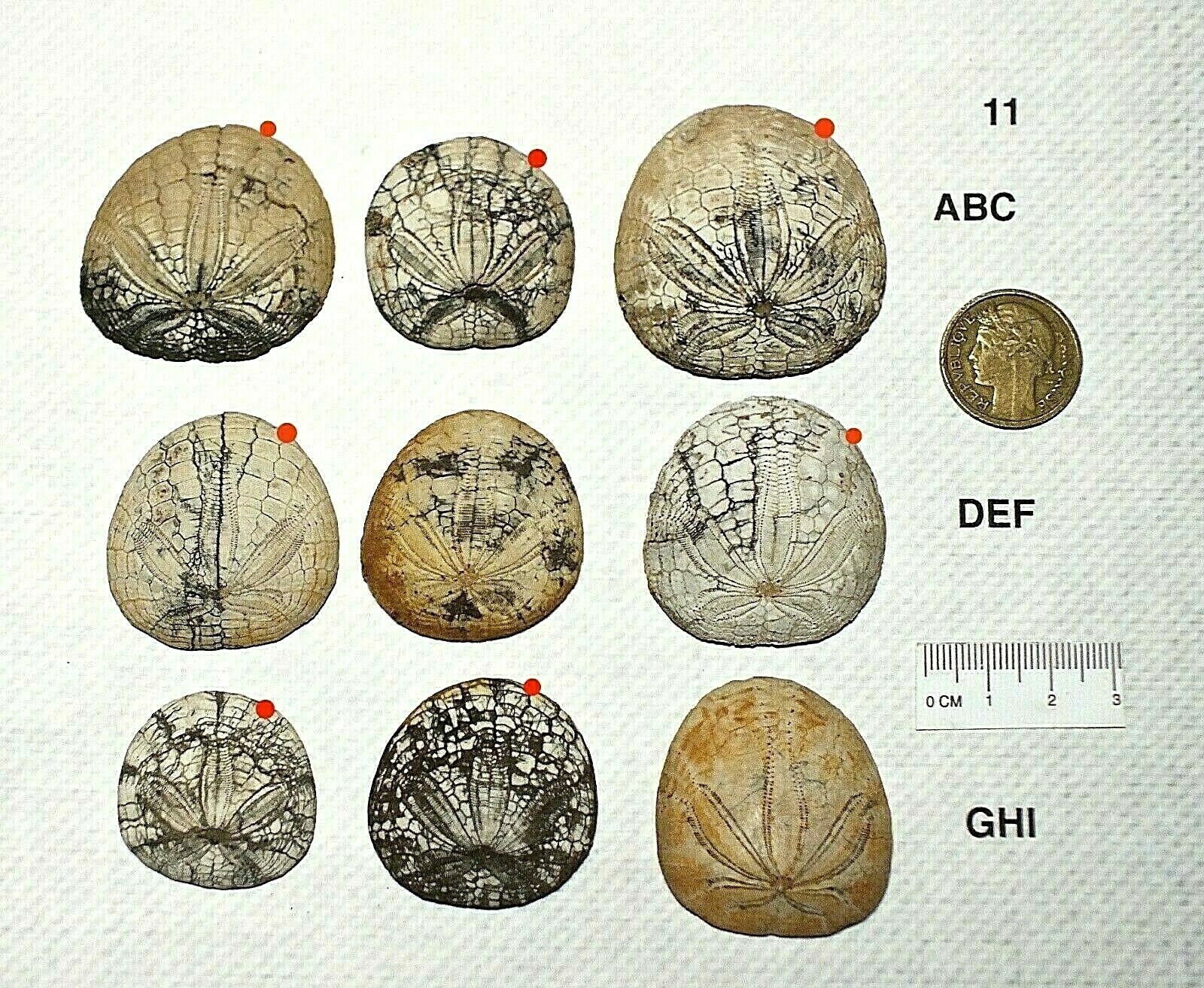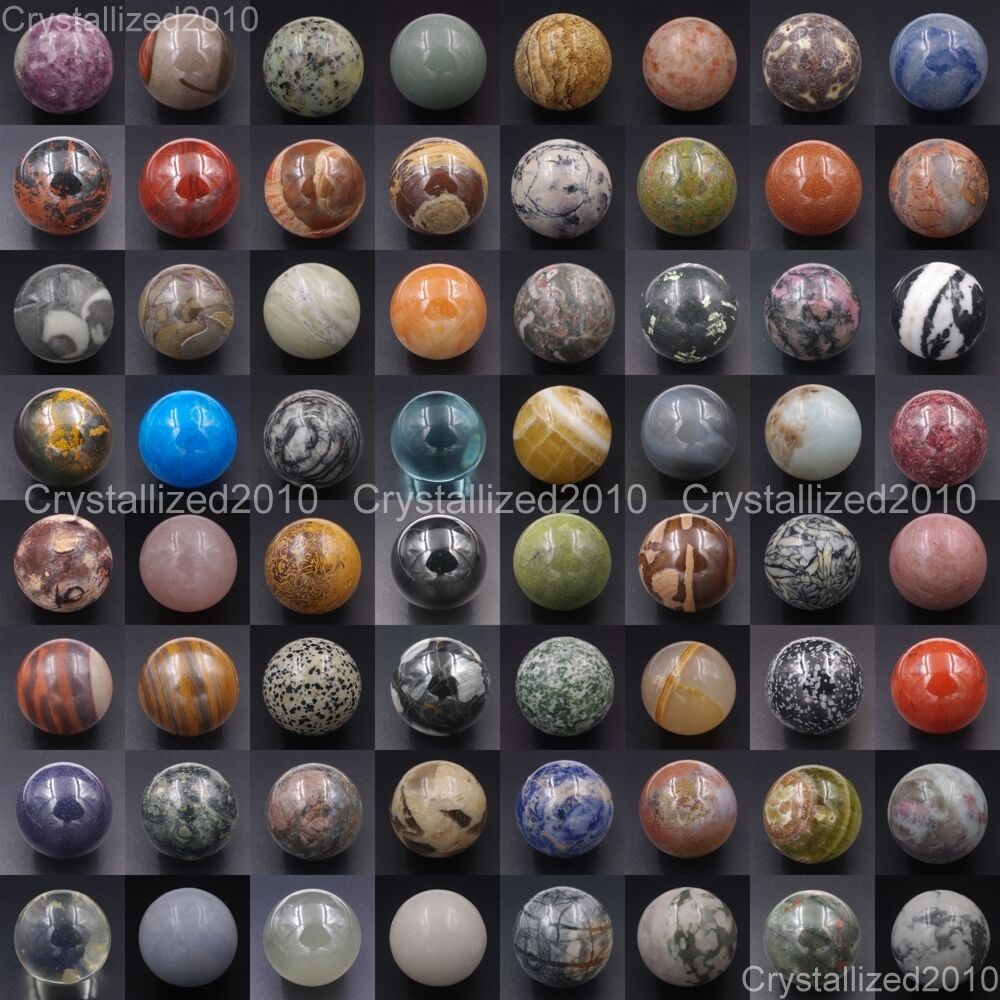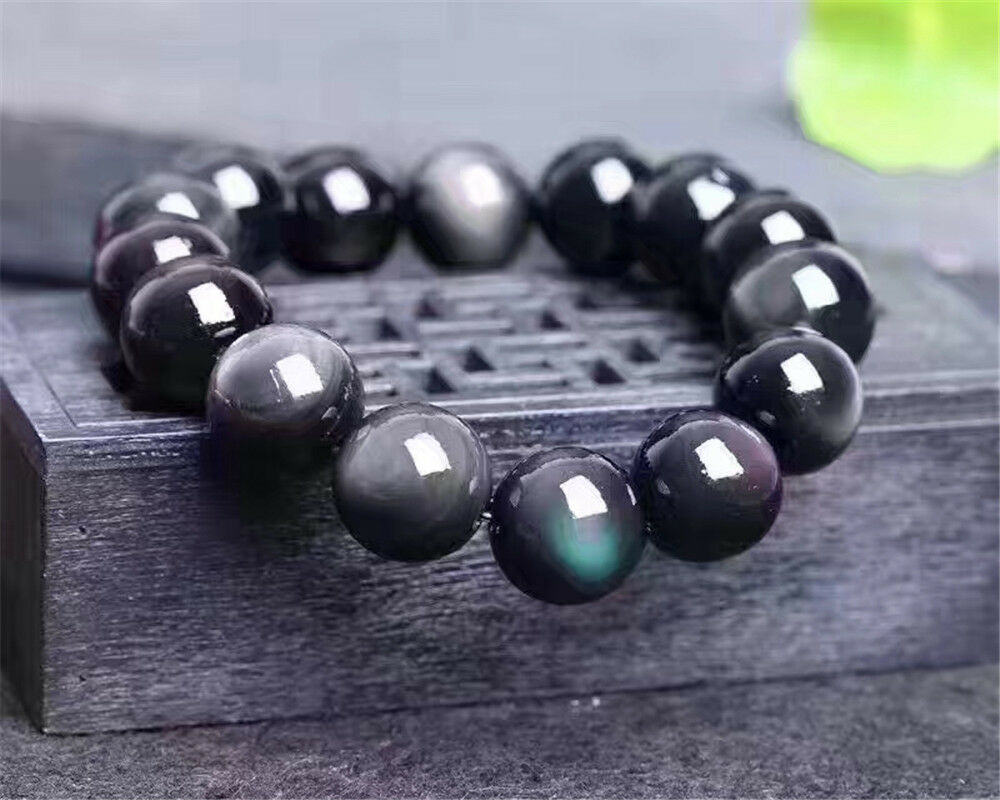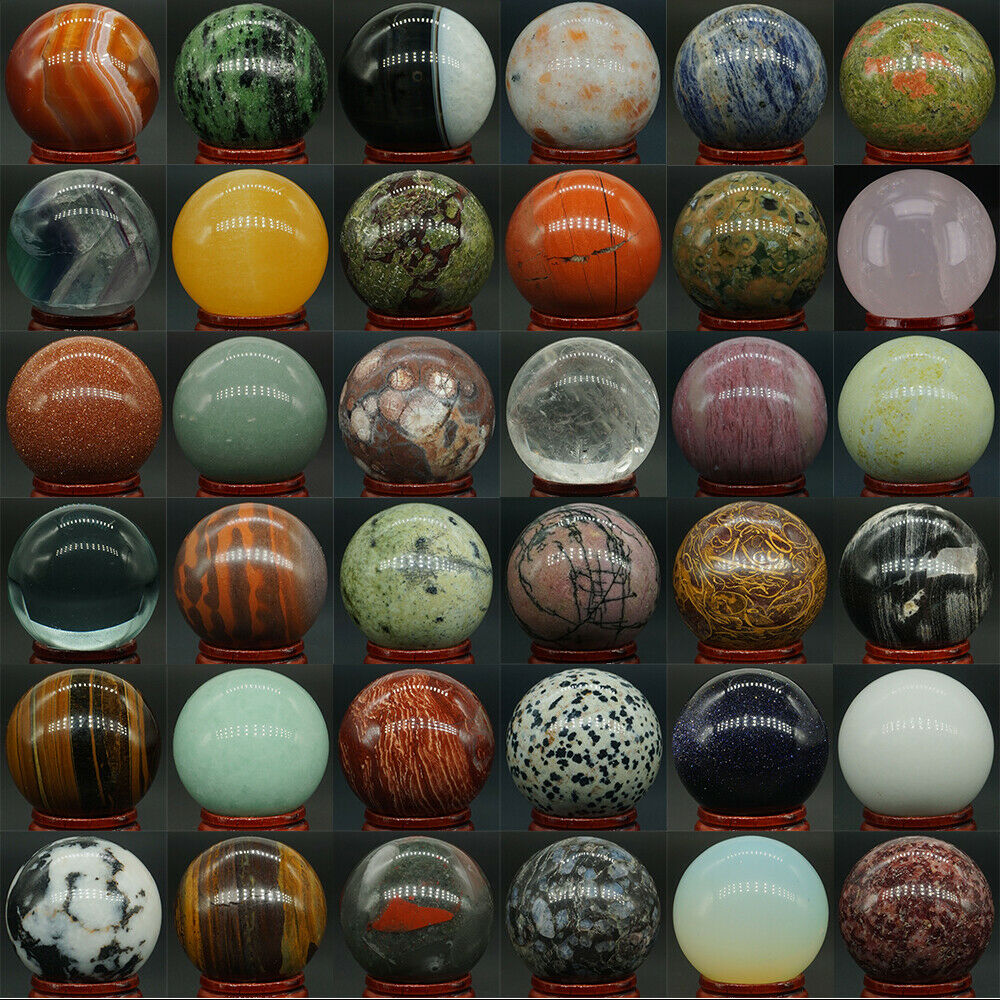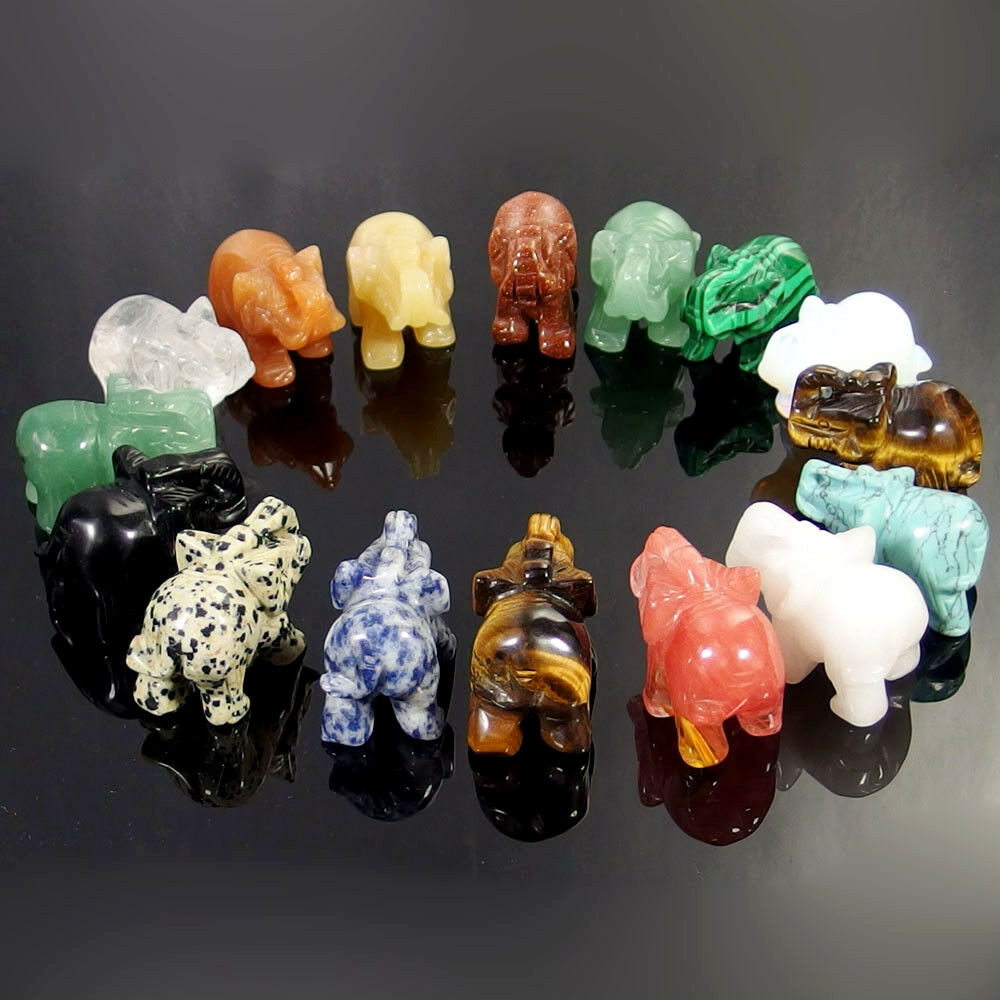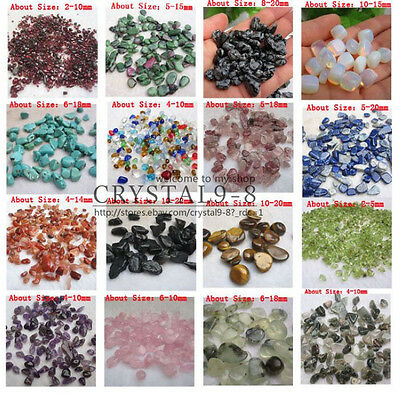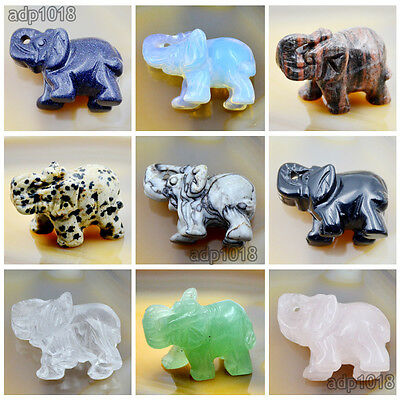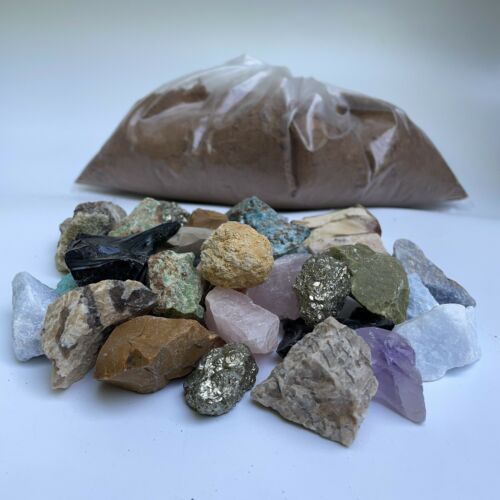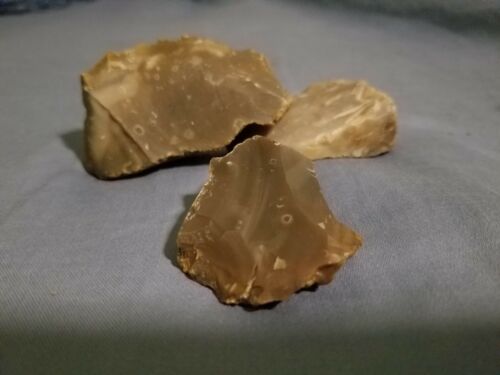-40%
Dendraster gibbsii (Rémond, 1863) Pliocene fossil sand dollar
$ 2
- Description
- Size Guide
Description
If making more than one purchase, see the note following thered text
below!
Dendraster gibbsii (Rémond, 1863) fossil sand dollar from the late Miocene to Pliocene of California - with a range of detail preservation from delicate to bold. The coin in the photos is 1.1 inches (27 mm) in diameter.
Dendraster gibbsii
(Rémond, 1863) is found in the Siphonalia Member of the late Miocene to Pliocene Etchegoin Formation of the Kettleman Hills in California. Auguste Rémond initially described this fossil as
Scutella gibbsii
in the Proceedings of the California Academy of Science in 1863. To indicate that the original generic name has been changed, a parentheses is placed around the name of the author and the date of description. The age of this fossil is often given as Lower or Middle Pliocene, but recent work has extended the time range for the sandstone in the Etchegoin Formation.
Related to starfish, sand dollars have pentameral (five-part) radial symmetry. Normally covered in tiny spines and tube feet that are lost after the organism dies, they lie flat, on the surface or buried in the seafloor. In quiet waters, they stand on edge, using their spines to drive into the sand. The calcium carbonate shell or "test" is composed of interlocking plates, easily seen in these specimens, as they have been naturally stained by petroleum. These excellent specimens are naturally weathered out and have not been polished.
The Kettleman Hills oilfield is one of the largest in California. In the 1930s it was one of the largest oilfields in the world. The oil is trapped in two elongate domes. The producing horizon, over 1,500 feet thick, is the Lower Miocene Temblor Formation. The domes have been breached by erosion parallel to their axis, exposing a prolific fossil fauna ranging from Lower to Upper Pliocene in the Etchegoin and San Joaquin Formations respectively. The Etchegoin was deposited largely in bay and estuarine environments. Its sandstones were derived from the Sierran magmatic arc, the Quien Sabe volcanics, and uplifted Franciscan-Coast Range source terranes.
These fossils are superbly preserved and vary from pale and delicate to contrasty and bold.
Select a specimen
by telling us the number on the photo and the letter that applies to the specimen you have selected. The brass coin is 0.9 inch (21 mm) in diameter.
Pages 10 and 15 new 9/9/20.
Red dot = already sold
Making multiple purchases?
Just add items to your cart. When finished shopping, click on
“request total”
at upper right in the Shopping Cart window.
Do not proceed to checkout.
We will send an eBay invoice with the correct combined shipping.
The combined shipping will often be less than eBay shows. Please wait for that invoice before paying.
There is no obligation to purchase. You can decide after seeing what shipping will cost.
Shipping:
By first class mail unless combined with other purchases
International customers:
We sell and ship internationally. If eBay’s page does not let you enter your country name to determine the shipping cost for something you are interested in, please contact us. We can tell you what the shipping would cost and how to make the purchase. You can then decide if you wish to complete the transaction. Use the
Contact Seller
link in the Seller Information box on the right side of this page.
Pay securely with your debit or credit card through PayPal! You do not need a Pay Pal account to do this. Yes, we do combine shipping!






